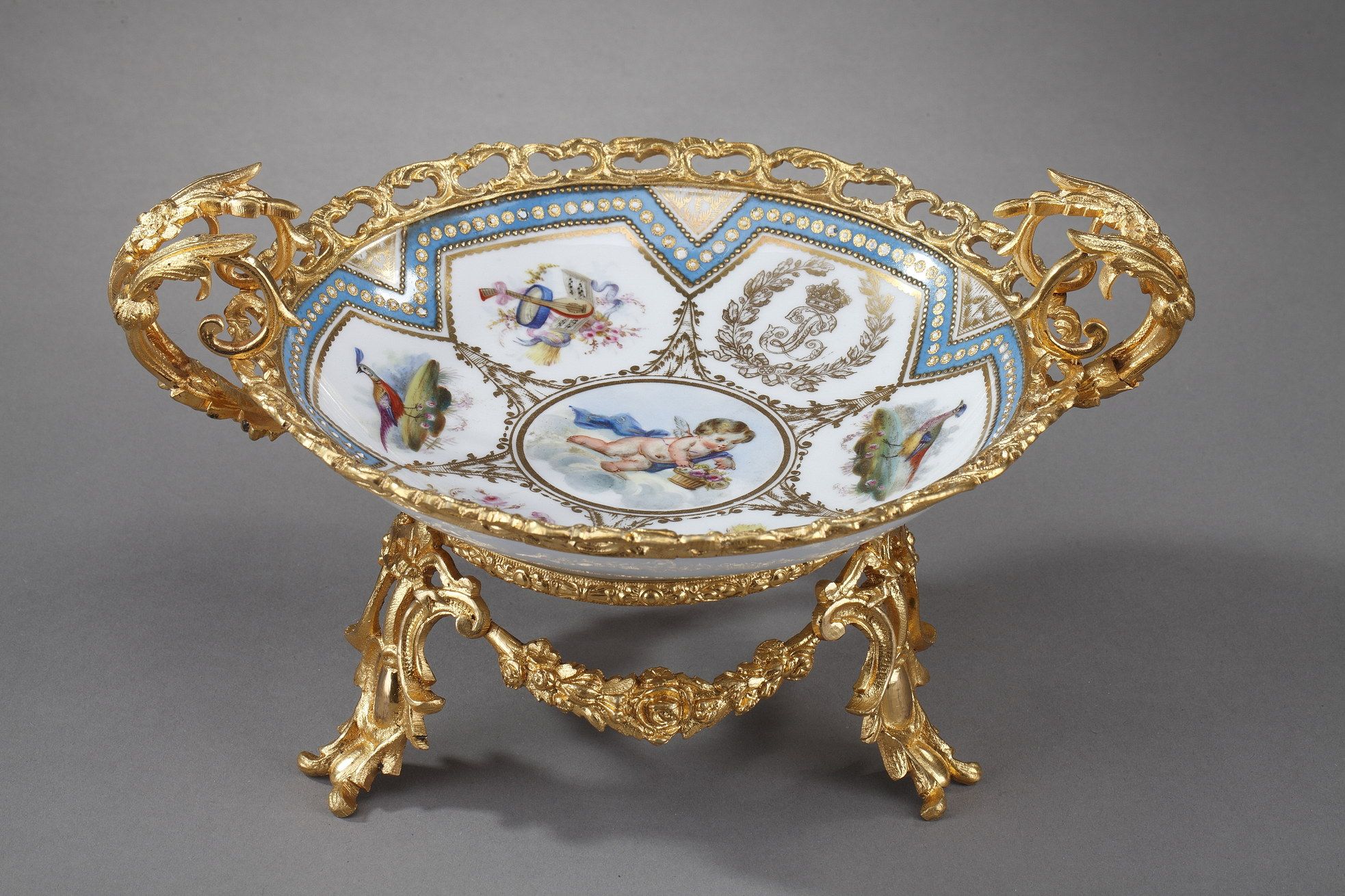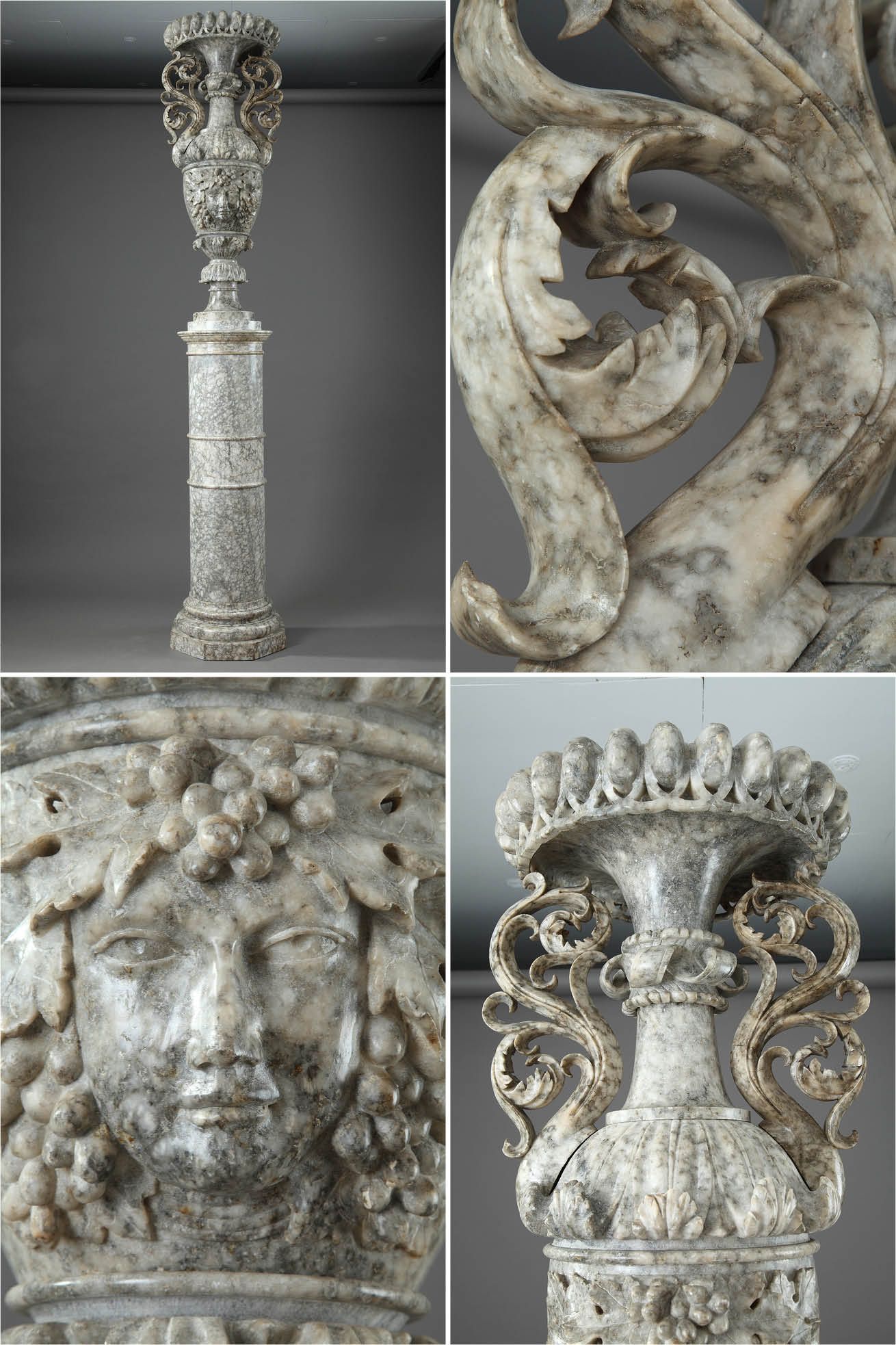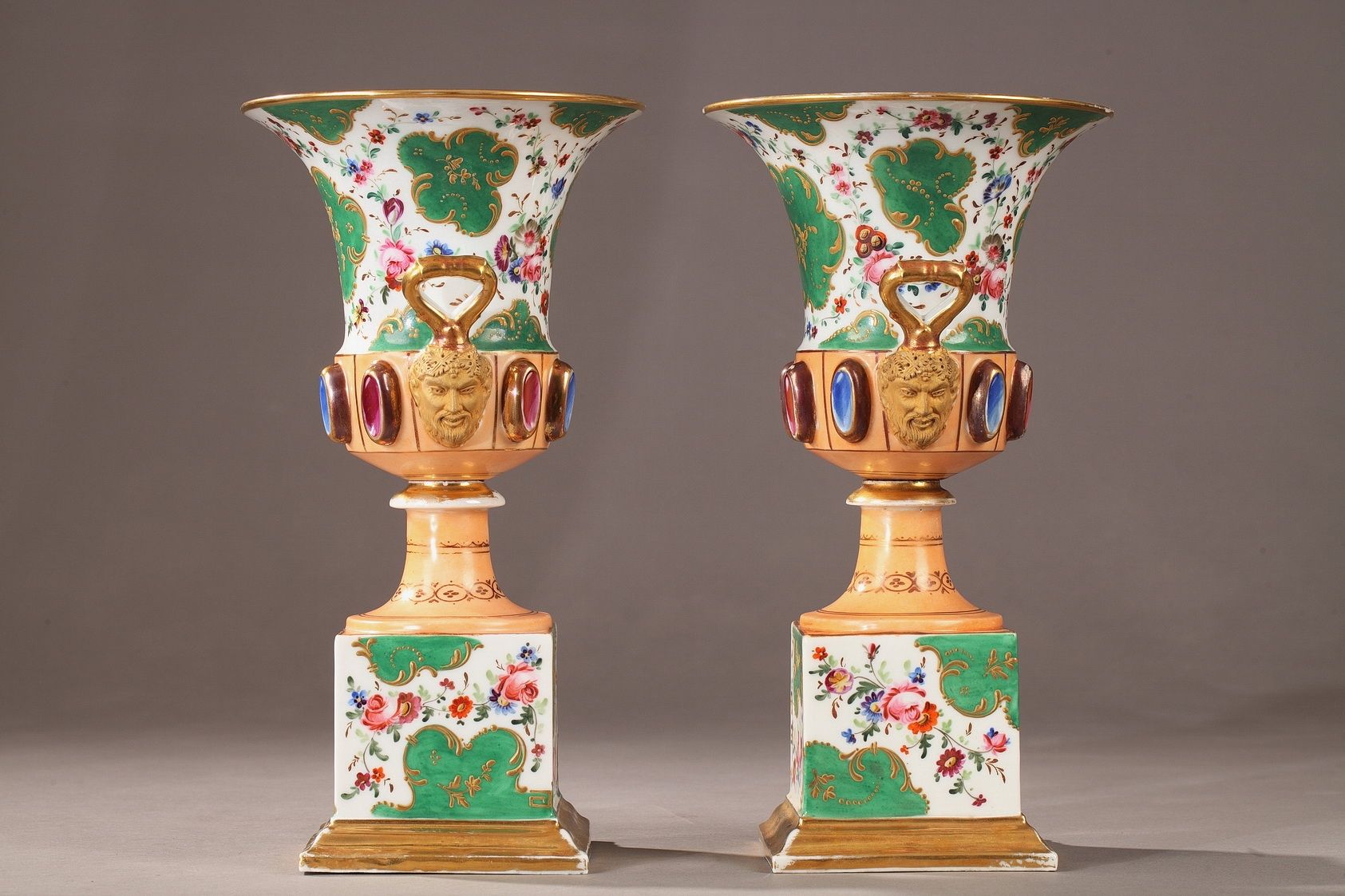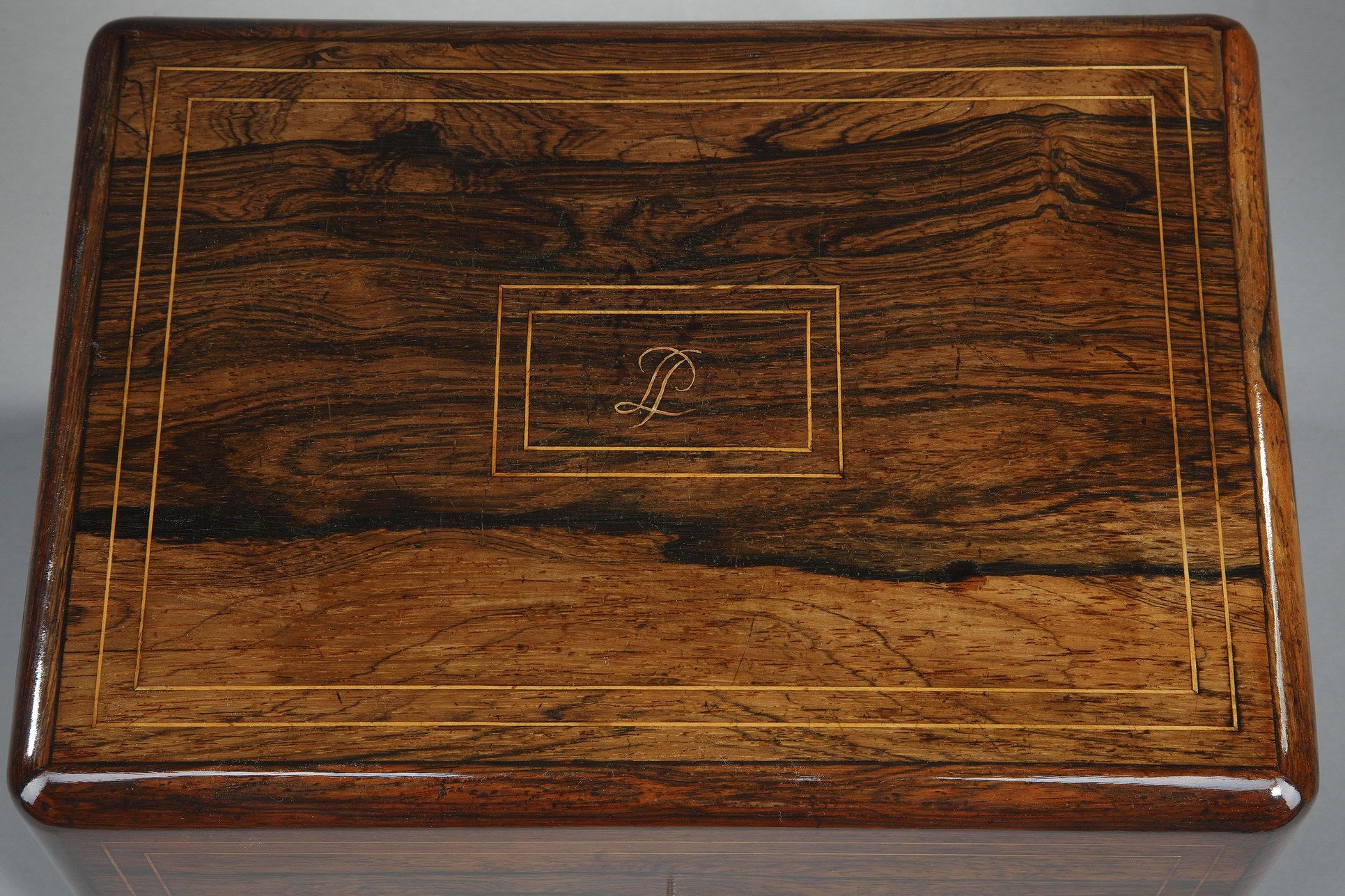Louis-Philippe's reign began at the end of the Restoration (1830) and continued until the Revolution of 1848, when Parisian revolts forced him to abdicate and go into exile. The new sovereign did not seek to promote a courtly aesthetic, and craftsmen forged a style adapted to the new rising social class, the bourgeoisie.
Louis-Philippe decorative sheath
Louis-Philippe furniture evokes a bourgeois comfort that blends all the influences that have emerged since the Restoration: neo-Gothic taste, neo-Renaissance, and the Louis XV style. But despite everything, this style finds a certain unity in carefully crafted furniture ensembles that are solid, comfortable and functional.
The Louis-Philippe style is known as sober and robust. Whereas the Charles X style is made up of straight lines, edges and cut sides, Louis-Philippe furniture is simple and robust, with rounded corners. Industrially produced, the furniture was assembled in small series and distributed by specialized department stores.
The furniture
The Louis-Philippe style is a continuation of the Restoration style, whose structure it retains, but without its refined elegance. Forms became heavier, ornamentation stereotyped, and inspiration drew from the Middle Ages, then the Renaissance towards the end of the reign. The taste for pastiches heralded the Second Empire (1852-1870).
Renaissance vases Louis Philippe period
More elaborate ornamentation can be found on furniture that retains fashionable shapes: furniture with light wood inlays on a dark background, blackened furniture decorated with bouquets of natural flowers and enhanced with mother-of-pearl, and medieval-inspired furniture.
The light woods favored under the Restoration were abandoned in favor of the darker tones of mahogany, oak and walnut.
The ornamental repertoire is minimalist. Applied bronzes and marquetry, which add to the cost of furniture, are rare and always inspired by motifs from previous styles: palmettes, acanthus leaves, shells, stars or branches from the Louis XV style.
Brass or copper plates may adorn drawer escutcheons. Inlays are quite rare; they are either mother-of-pearl on black wood furniture to enhance the brilliance of painted bouquets, or light wood filet on mahogany.
Rosewood liqueur cabinet that belonged to Louis Philippe
Moulding is almost non-existent. Panels are flat and unmolded. The straight, smooth uprights are unadorned, with softened corners.
Ornamental motifs are few and far between. Lightly carved fillets highlight the scrolls and crosses. Large-petaled leaves and palmettes are carved on the armrests and table legs. The "frog's leg" motif is very characteristic. It can be found on the legs of furniture and seats.
 Pair of 7-light candelabra Louis Philippe period
Pair of 7-light candelabra Louis Philippe period
Lighting fixtures, vases, caskets and silverware retain the decorative motifs of the previous period, but lose their finesse and lightness: garlands, wreaths and bouquets of flowers, Gothic motifs, palmette and cornucopia.
The economic and social changes brought about by the Revolution of 1830 and the progress of industrialization had repercussions on glass production in France.
Rare hues such as turquoise, pigeon-throat pink and white opal crystal with purplish highlights disappear. Opaline becomes progressively opaque. It lost its French characteristics and increasingly imitated Bohemian crystals. Between 1830 and 1840, Bohemians developed fixed, fairly harsh tones: candy pink, celestial and overseas blues, strong leaf greens and bright, acidic yellows.
 Sèvres porcelain bowl, Louis Philippe period
Sèvres porcelain bowl, Louis Philippe period
The surfaces are raised with gold, decorated with foliage, wreaths or bouquets of flowers, very fashionable in the 1840s. The "pineapple" decoration in white "rice paste" opaline is particularly popular and sought-after. It can be found on many sugar pots, bonbonnières, confituriers and sugar bowls made by the factories of the period, including Baccarat and Saint-Louis.





